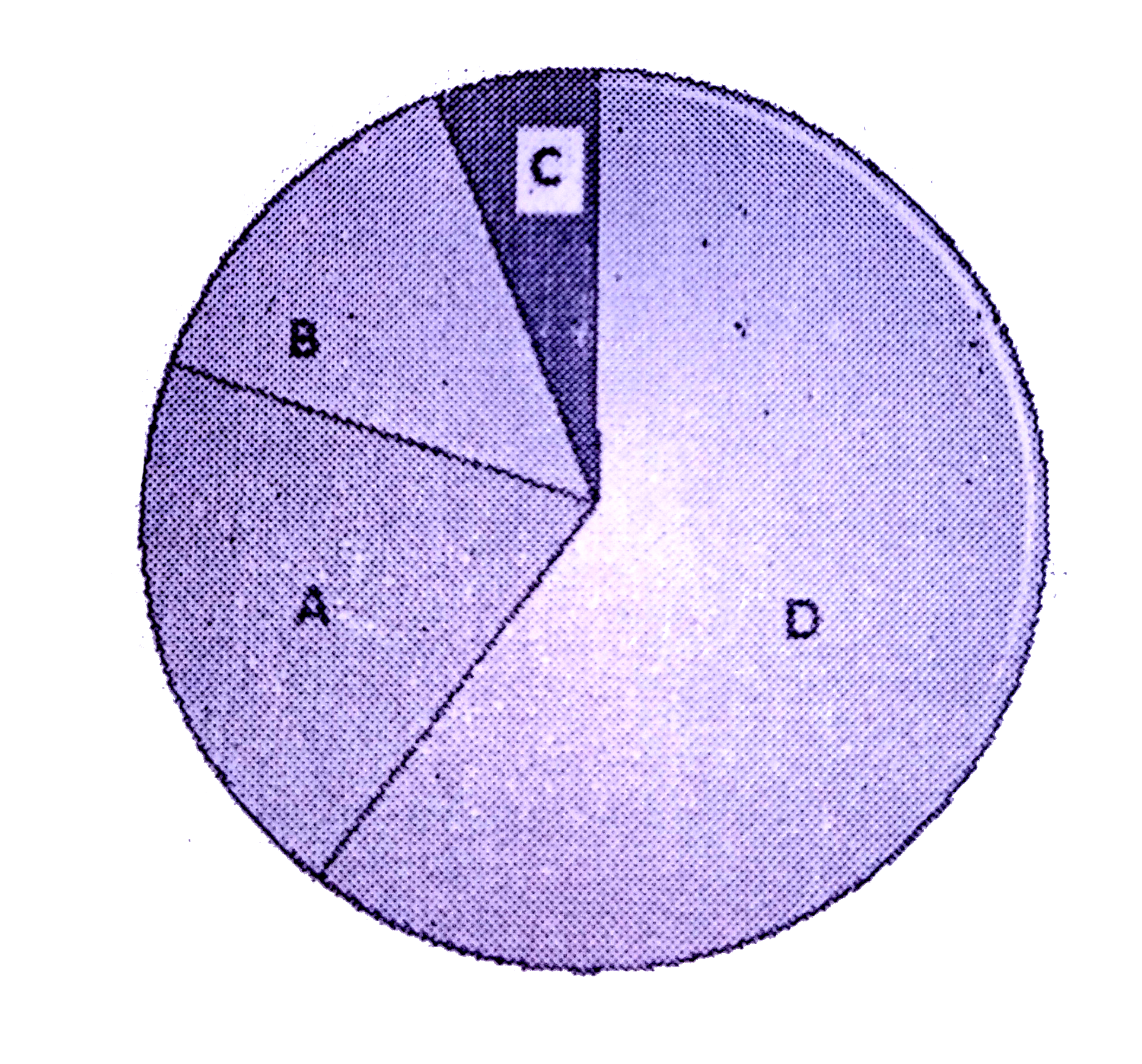Answer the following:
Why is rhythm method not 100 per cent safe?
Step-by-Step Solution:
1. Definition of the Rhythm Method: The rhythm method, also known as the calendar method or safe period method, is a natural family planning technique that involves tracking the menstrual cycle to determine the fertile and non-fertile days.
2. Understanding Ovulation: Ovulation typically occurs around the middle of the menstrual cycle, approximately 12 to 14 days before the start of the next period. The days leading up to and following ovulation are considered fertile days.
3. Identifying Safe Periods: The rhythm method relies on identifying the "safe period," which is calculated by avoiding intercourse during the fertile days (around ovulation) and engaging in it during the non-fertile days.
4. Methods of Detection: To identify ovulation, individuals may track:
- Basal Body Temperature (BBT): A rise in body temperature (about 1 degree Fahrenheit) can indicate ovulation.
- Cervical Fluid Changes: The consistency of cervical mucus changes throughout the cycle; during ovulation, it becomes thin, slippery, and stretchy.
5. Limitations of the Rhythm Method:
- Inaccuracy in Signs: Not everyone can accurately recognize the signs of ovulation, such as changes in temperature or cervical fluid.
- Cycle Irregularities: Menstrual cycles can vary in length and regularity, making it difficult to predict ovulation accurately.
- Missed Signs: Individuals may miss or misinterpret the signs of ovulation, leading to unprotected intercourse during fertile days.
6. Conclusion: Due to these factors, the rhythm method is not considered 100% safe for contraception, as it relies heavily on accurate tracking and personal awareness, which can be inconsistent.
- Basal Body Temperature (BBT): A rise in body temperature (about 1 degree Fahrenheit) can indicate ovulation.
- Cervical Fluid Changes: The consistency of cervical mucus changes throughout the cycle; during ovulation, it becomes thin, slippery, and stretchy.
- Inaccuracy in Signs: Not everyone can accurately recognize the signs of ovulation, such as changes in temperature or cervical fluid.
- Cycle Irregularities: Menstrual cycles can vary in length and regularity, making it difficult to predict ovulation accurately.
- Missed Signs: Individuals may miss or misinterpret the signs of ovulation, leading to unprotected intercourse during fertile days.
Topper's Solved these Questions
- BOOK - ICSECHAPTER - REPRODUCTIVE HEALTHEXERCISE - PRACTICE QUESTION( VERY SHORT ANSWER TYPE QUESTIONS)21videos
REPRODUCTIVE HEALTH
- BOOK - ICSECHAPTER - REPRODUCTIVE HEALTHEXERCISE - PRACTICE QUESTION ( SHORT ANSWER TYPE-I)11videos
REPRODUCTIVE HEALTH
- BOOK - ICSECHAPTER - REPRODUCTION IN ORGANISMSEXERCISE - COMPETITION CORNER OBJECTIVE TYPE QUESTIONS ((B) Assertion and Reason Type Questions) (Fopr AIIMS aspirants)16videos
REPRODUCTION IN ORGANISMS
- BOOK - ICSECHAPTER - SAMPLE PAPER - 3EXERCISE - QUESTIONS (CHOOSING THE CORRECT OPTION)13videos
SAMPLE PAPER - 3
Similar Questions
Answer the following:
What is rhythm method?View SolutionAnswer the following questions :
Why is soil tested for pH ?View SolutionConvert 13 to per cent
View SolutionIn which of the following, is the respiratory rhythm center located to regulate the process of respiration
View SolutionWrite 54 as per cent
View SolutionWhich one of the following options correctly designate the per cent contribution of gases (A, B, C and D) responsible of global warming?

 View Solution
View SolutionExpress each of the following as a per cent :
0.03View SolutionExpress each of the following as a per cent :
0.1View SolutionExpress each of the following as a per cent :
1:5View SolutionExpress each of the following as a per cent :
0.45View Solution
